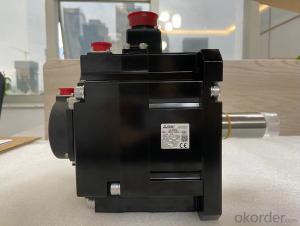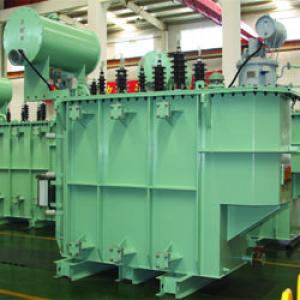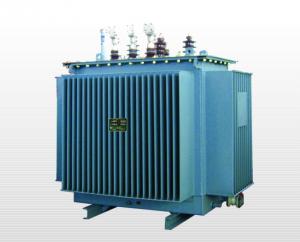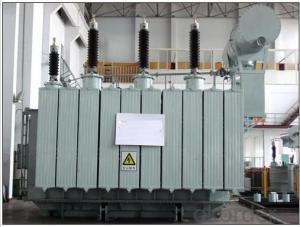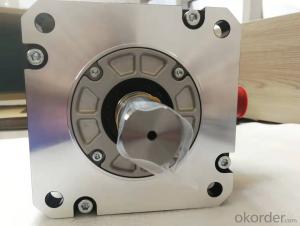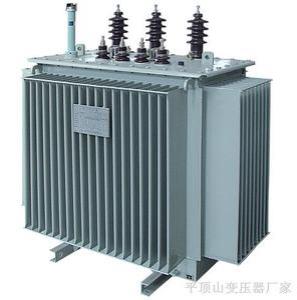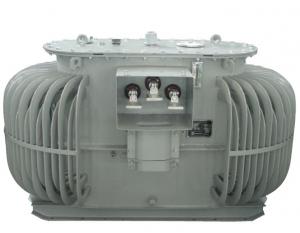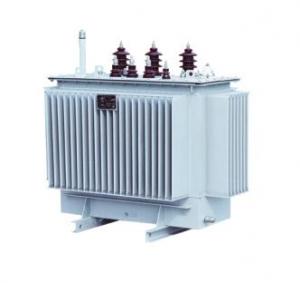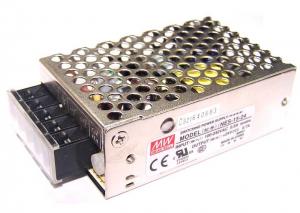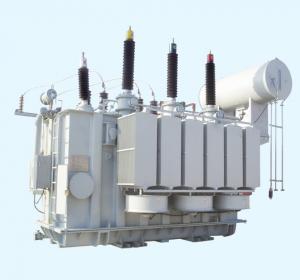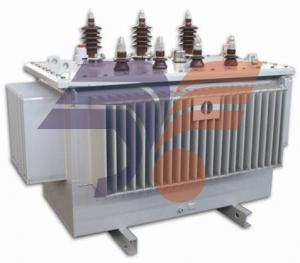Intellectualization HG-SR202BJ Motor For Semiconductor Manufacturing
- Loading Port:
- Shanghai
- Payment Terms:
- TT OR LC
- Min Order Qty:
- 1 kg
- Supply Capability:
- 2000 kg/month
OKorder Service Pledge
OKorder Financial Service
You Might Also Like
Motor series: low inertia, medium power. Rated output power: 30.0kw. Rated
speed: 1500r / min with brake or not: No. Shaft end: Standard (straight shaft).
Voltage: 400V type.
Protection level: IP65 (p67) hg-sr202bj basic knowledge.
Features: low inertia, from low speed to high speed, three modes can be
selected, suitable for different application ranges. As a standard production
port, hg-sr202bj is installed with 30kW or higher dry flange and feet
Application examples: basic knowledge of injection molding machine,
semiconductor manufacturing installation, large transmission machinery hg-
sr202bj. High resolution encoder 131072p / rev (17 bits).
High resolution encoder is included to ensure excellent performance and
stability at low speed.
All motors are the same size as the previous products and the wiring is
compatible. Motor series: low inertia, low power. Rated output power: 0.75KW.
Rated speed: 3000r / min. with brake or not: attached.
Shaft end: keyway (slotted position).
Protection level: IP55, excluding the shaft threading part and the basic
knowledge of connector hg-sr202bj. Features: low inertia, suitable for high
frequency operation.
Application examples: inserter, assembly machinery. Motor series: medium
inertia, medium capacity. Use serial pair / incremental encoder. Rated output
power: 3.0kw. Rated speed: 1000rpm. With or without band brake: No. Shaft end:
straight shaft.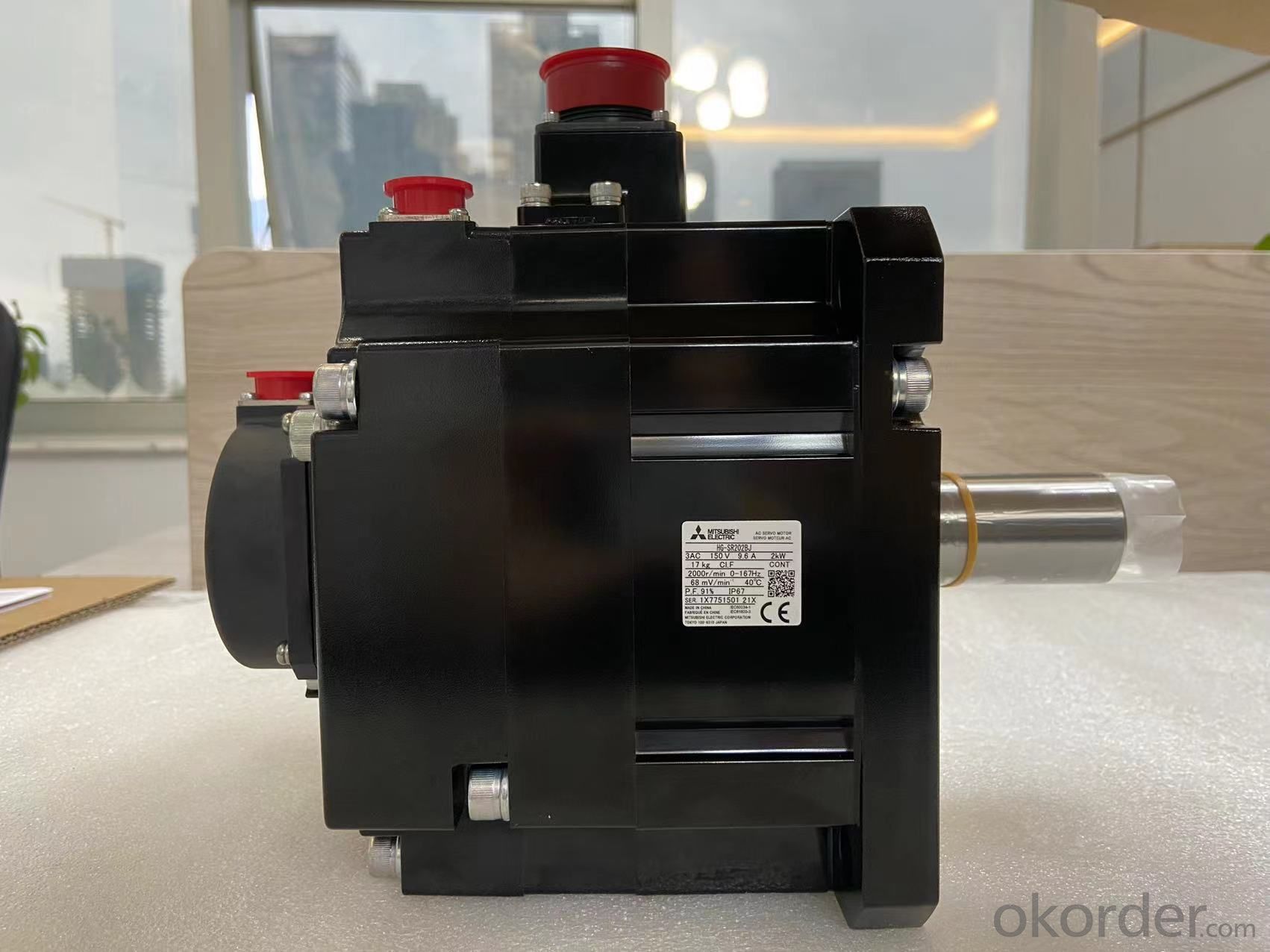
The stator structure of AC servo motor is basically similar to that of
capacitor split phase single-phase asynchronous motor hg-sr202bj (type
selection data). The stator is equipped with two windings whose positions are
90 ° different from each other. One is the excitation winding RF, which is
always connected to the AC voltage UF, and the other is the control winding L,
which is connected to the control signal voltage UC.
Therefore, AC servo motor is also called two servo motors. Motor series: medium
inertia, medium power. Rated output power: 3.5kw rated speed: 2000r / min.
With brake or not: hg-sr202bj (model selection data) is attached. Shaft end:
Standard (straight shaft). Protection level: IP65 (IP67).
Features: there are three modes of medium inertia from low speed to high speed,
which are suitable for different application ranges. Application examples:
transmission machinery, robot, X-Y worktable.
High resolution encoder 131072p / rev (17 bit) hg-sr202bj (selection data).
High resolution encoder is included to ensure excellent performance and
stability at low speed.
All motors are the same size as the previous products and the wiring is
compatible. Motor series: low inertia, medium power. Rated output power: 6.0kw.
Rated speed: 1000r / min. with brake or not: attached. Shaft end: Standard
(straight shaft). Protection level: IP65 (IP67)
Features: low inertia, from low speed to high speed, three modes can be
selected, suitable for different application ranges hg-sr202bj selection
manual. As a standard production port, 30kW or higher power is suitable for dry
process blue plate (type) installation and foot installation. Basic knowledge
of hg-sr202bj. Application examples: injection molding machine, semiconductor
manufacturing device, large conveying machinery. High resolution encoder
131072p / rev (17 bits).
High resolution encoder is included to ensure excellent performance and
stability at low speed. All motors are the same size as the previous products
and the wiring is compatible.
- Q: i have a transformer and i dont know anything about it. can someone help me with it.ps: i dont know how many turn the transformer have. dont the voltage either
- _IF_ the toroid replaced into under pressure out to function off 50-60 Hz, and you are able to grant a prevalent transformer which will grant a similar AC output (the two voltage and modern means), then it is going to artwork. even nonetheless, if that toroid is a factor of a switching ability grant, then a prevalent transformer won't artwork. So the question maintains to be, is there an number of digital factors under pressure out around this toroid? if so, then you somewhat could desire to acquire a sparkling toroid, or in case you have a large style of time on your palms, rewire the prevailing one. (diploma and eliminate latest twine, noting their association and counting the turns as you circulate). If the toroid is meant to artwork on 50-60 Hz, then you somewhat ought to have some situation getting a prevalent transformer to greater healthy interior the lamp, yet i think you are able to make it exterior and placed it into this is very own container, equivalent to a modular grant.
- Q: i heard that there is an electric transformer used in single phase electric furnace and other applications , its benefit is to get more balanced current load from the three phase system to feed a single phase load.i need to know how its can transform three phase supply into single phase supply, and if it can be used in reverse matter i.e can it deliver a three phase power from single phase supplythank you in advance
- First off: No, a transformer cannot change Single to Three phase. However you can run single phase equipment on three phase power by simply using 2 of the 3 hot lines. Depending of the voltage requirements for your machine you may need to buy a buckboost transformer to get the voltage to the correct opperating voltage of your machine (ie. a 230 v three phase input will come out at about 208 when used as single phase). If you need a conversion from single to three phase, look into buying a Phase converter. Depending on where you get it, they can be as easy as 2 lines in 3 lines out. Installed in a matter of minutes. I also recommend staying away from what is called a static phase converter. They are machine specific so if you ever change or add on it wont work. Get a Rotary one. It works with everything. Hope that helped. Good luck.
- Q: What is the main purpose of the transformer?
- Transformer is an electrical equipment for electrical energy conversion, it can be a voltage, current AC power into the same frequency of another voltage, current AC power. Transformers are used in almost all electronic products, and the principle is simple but different depending on the use of different occasions (different purposes) transformer winding process will be different requirements. Transformer functions are: voltage conversion; impedance conversion; isolation; regulator (magnetic saturation transformer), the transformer commonly used core shape generally E-and C-type core. First, the basic principles of the transformer
- Q: I am looking for a 220v transformer with these secondary voltages: 2x13v, 1x9v, 1x3vIt has to be at least 20va.I cant find this anywhere :/
- Unless okorder
- Q: An AC adapter for a telephone answering machine uses a transformer to reduce the line voltage of 120 V to a voltage of 8.00 V. The RMS current delivered to the answering machine is 570 mA. If the primary (input) coil of the transformer has 600 turns, then how many turns are there on the secondary (output) coil?What is the power drawn from the electric outlet, if the transformer is assumed to be ideal?What is the power drawn by the transformer, if 13.5 percent of the input power is dissipated as heat in the coils and in the iron core of the transformer?
- Ns/Np Vs/Vp Ns (8/120) * 600 40 turns P Pp Ps Vs * Is (an ideal transformer) 8 * 0.570 4.56 watt 13.5 percent of the input power is dissipated, then the power from output coil (100 - 13.5) % 86.5% of input power. ---Po 86.5% Pi 4.56 0.86 Pi ---Pi 4.56/0.86 5.30 watt
- Q: The total power of 590kw, this transformer can bear it? It is best to give a formula, do not copy the.
- No additional measures in the case, 630KVA transformer can use the maximum 420KW power appliances. 1, the transformer power factor is generally 0.8 (also 0.7), then, the total power transformer = 630 * 0.8 = 504KW. 2, according to the "power engineering design manual", the transformer capacity, for a smooth load of a single transformer, the load rate is generally about 85%, so the upper case, with electrical power = 504 * 85% = 428.4KW. 3, if it is a single high-power motor, starting current as large, even if the measures, but also a corresponding reduction in electricity consumption. 4, if the three-phase imbalance, but also a corresponding reduction in electricity consumption.
- Q: Hi:I found a 10,000 WATTS STEP UP TRANSFORMER.Following are its characteristics: 1- 10,000 Watt Maximum Capacity Heavy-Duty Continuous Use Transformer. 2- Converts 110/120V upto 220/240 VoltsWhat will be its input?I means which battery or Generator i have to use for its input?Is it good idea to use that transformer to supply electricity to 1 house?
- it's input is stated clearly as 110/120V, presumably 60Hz AC. You cannot use a battery to operate a transformer. If you have a generator that outputs the correct line voltage and frequency, you don't need a transformer. A transformer doesn't supply electricity, all it does is change the voltage. You are working with stuff you don't understand. You need to study basic electricity and electronics before you blow up your house.
- Q: Transformer voltage range of 10.5 ± 2 * 2.5% kV and 10.5 ± 5% kV What is the difference
- 1, the voltage range is the same, are 10kV ± 5%; 2, the difference is that the accuracy of different voltage regulator, 10.5 ± 2 * 2.5% kV transformer sub-switch has five stalls, respectively, 10.5 +5% kV, 10.5 + 2.5% kV, 10.5kV, 10.5-2.5% , 10.5-5% kV; and 10.5 ± 5% kV transformer section switch has three stalls, respectively .5 +5% kV, 10.5kV, 10.5-5% kV; 3,10kV transformer sub-switch three more for the power failure regulator transformer, and sub-section switch five for overload regulator of the transformer, relatively speaking, the fifth gear than the third gear section switch Much more complex, so the price should be slightly higher for the load change is relatively large, the voltage quality requirements of the relatively high important occasions.
- Q: Hi there.I have purchased a Stepdown Transformer so i can use a Record Cleaning Machine I am buying from the U.S.It uses a powered suction unit to clean the record.All transformers for use with American equipment have 110v output, but i think your equipment is usually 120v.in I have been told that there is nothing to worry about as 110v out on the transformer is enough to power the equipment connected to it .Our AC output in Australia is 240v but we can use any voltage from 220 to 250. Therefore 110v should be enough.can anyone clarify and tell me it should be ok.Thanks a lot in advance.
- I live in New Zealand. We use 240v 50Hz mains here too. USA uses 110/115v 60Hz. There is a 10Hz voltage frequency difference as well as the voltage difference. The stepdown transformer will be rated for 110v RMS(root-mean-squared). This is a kind of average, for want of a better description. The peak voltage is 0.707 times the RMS voltage. This is the peak on one half of the sine-wave(180'), therefore the complete sine-wave mains frequency represents 1.414 times the RMS voltage.(360' sine-wave cycle) Multiply 110v by 1.414, and you will get the peak-voltage, which is the maximum that the AC voltage can swing, both in the positive and negative parts of the sine-wave. 110v example: 110 x 1.414 155, therefore, the PEAK voltage for the States is 155v AC, or thereabouts. 240v example: 240 x 1.414 339, therefore, the PEAK voltage for Aus/NZ is 339v AC, or thereabouts. All mains voltages are a measure of averages(RMS), so a 10 or so volts either side of the stated voltage, should not prove to be a problem. Provided that the stepdown transformer can supply at least a few amps of current on the secondary(the 110v side), there will be no problems at all. Technically, the 10Hz frequency difference can make a slight difference, especially if you are trying to power some sound equipment from the States, as the Australian/New Zealand 50Hz frequency will mean that the motor will run slightly slower then the designed RPM. However, in your case, I don't think it will make one iota of difference. :)
- Q: chemical transformer.
- A transformer can only work efficiently if it use a SOFT-IRON CORE. In chemistry any matter is considered a chemical. SO, the chemical' we're talking about is the soft-iron core.
Send your message to us
Intellectualization HG-SR202BJ Motor For Semiconductor Manufacturing
- Loading Port:
- Shanghai
- Payment Terms:
- TT OR LC
- Min Order Qty:
- 1 kg
- Supply Capability:
- 2000 kg/month
OKorder Service Pledge
OKorder Financial Service
Similar products
Hot products
Hot Searches
